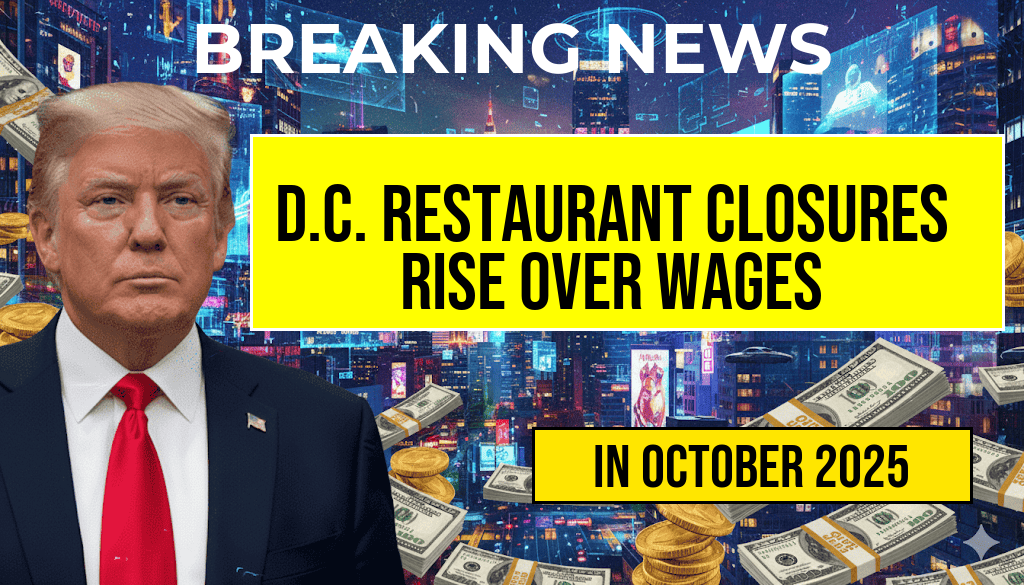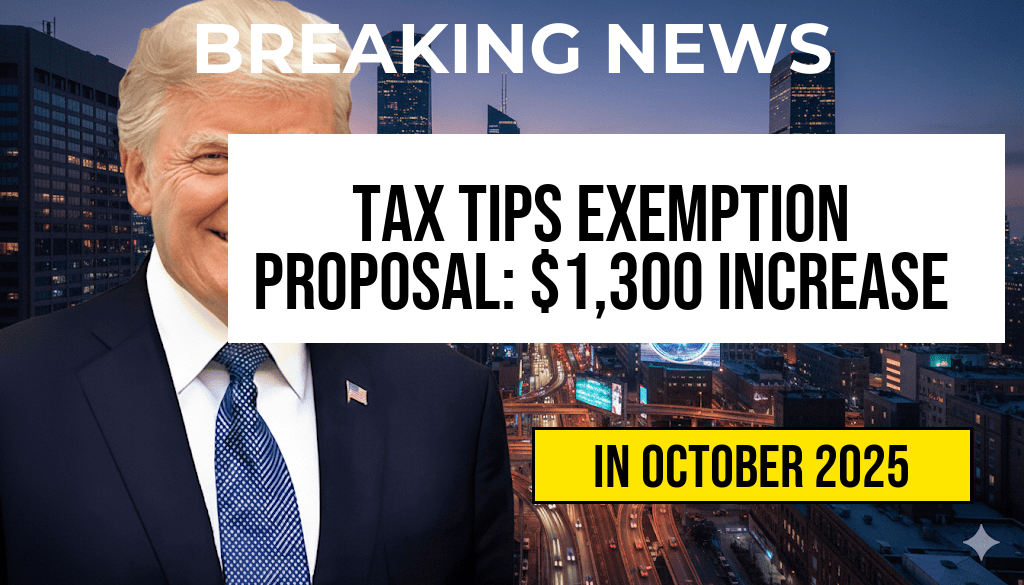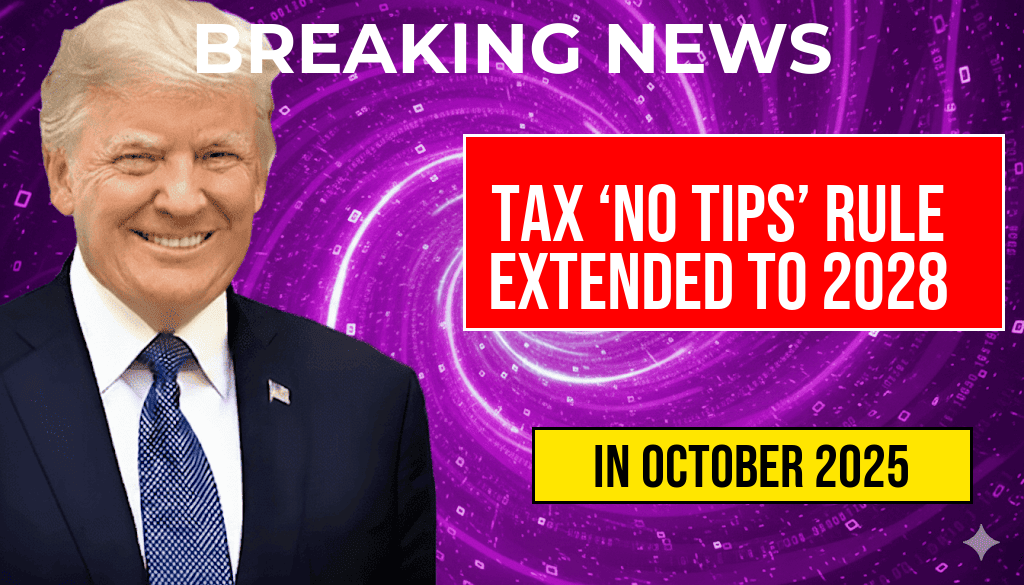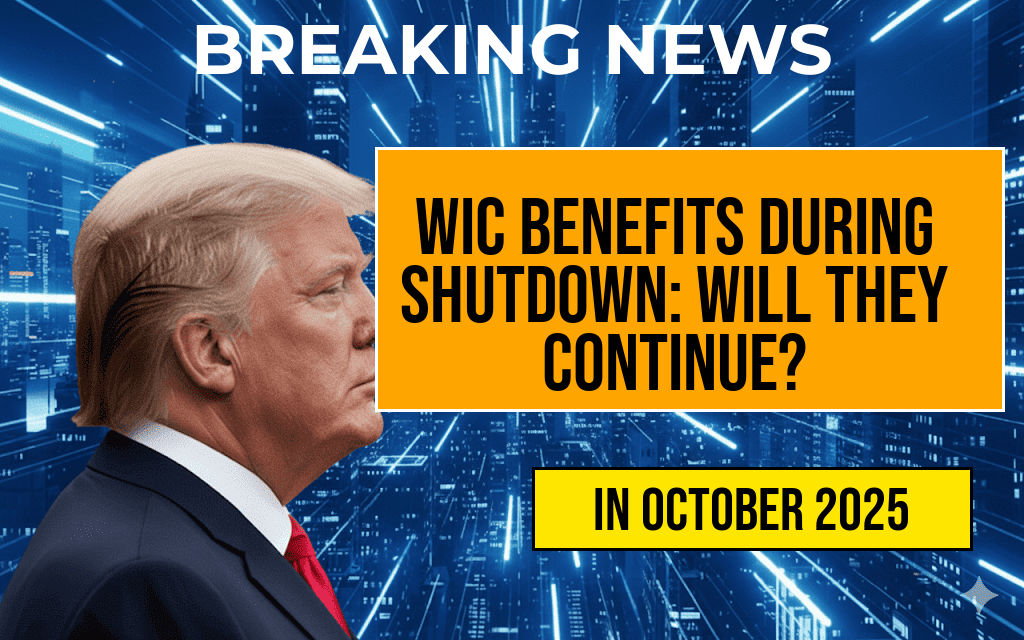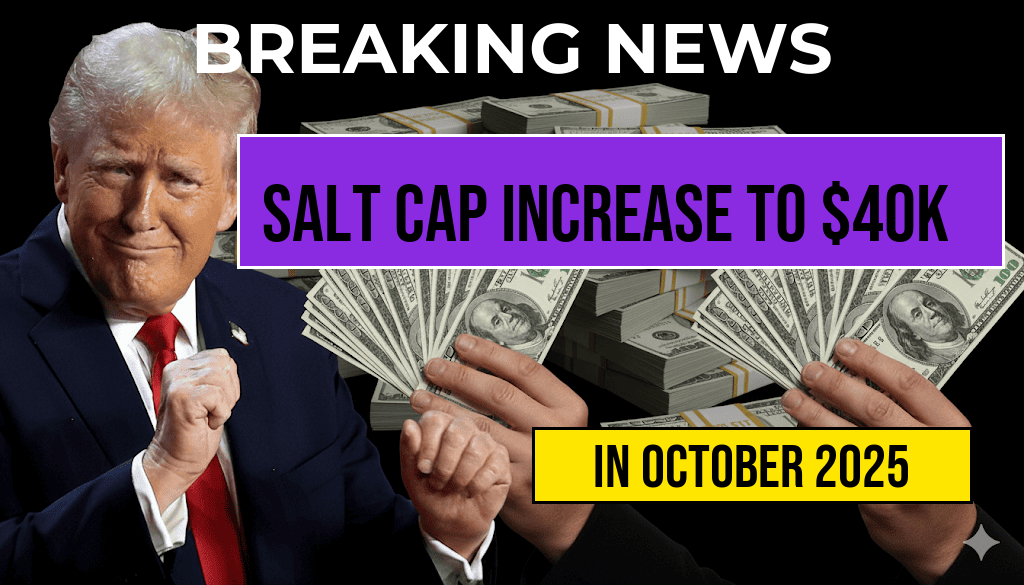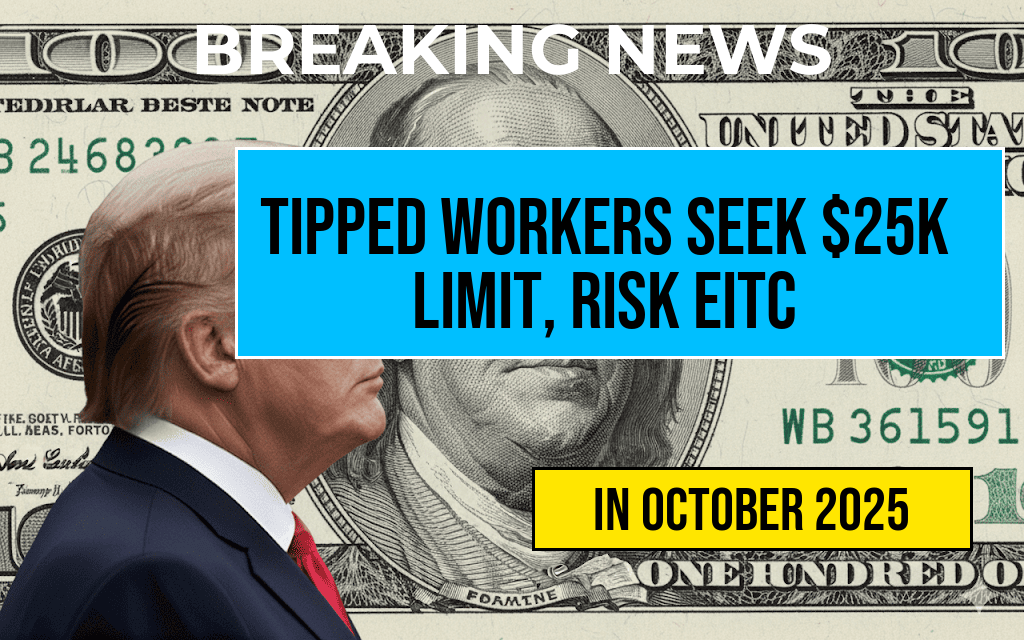Tax ‘No Tips’ Rule Extended Through 2028 with a $25,000 Annual Cap You Can’t Overlook
The IRS has officially extended the controversial “no tips” rule through 2028, imposing a maximum annual cap of $25,000 on the income that can be classified under this regulation. Originally introduced as part of tax reforms aimed at simplifying compliance for certain small business owners, the rule has sparked debate among service industry professionals and tax experts alike. Under this provision, businesses are prohibited from claiming tip income exceeding the specified cap, which has significant implications for workers relying on tips as a substantial part of their earnings. The extension ensures that the regulation remains in effect until at least the end of 2028, providing clarity amid ongoing discussions about fair taxation and workers’ rights.
Understanding the ‘No Tips’ Rule and Its Purpose
The “no tips” rule was established to address issues surrounding the reporting and taxation of tip income, especially among small service providers and independent contractors. By capping tip income at $25,000 annually, the IRS aims to prevent potential underreporting and simplify tax compliance. This measure was originally introduced as part of broader tax reform packages to limit abuse and ensure consistent revenue collection.
However, critics argue that the cap may unfairly restrict workers whose tips significantly surpass this threshold, especially in high-end dining, hospitality, and personal services sectors. Advocates for workers’ rights contend that the policy could inadvertently limit income for those whose service quality commands higher gratuities, raising questions about fairness and economic viability.
Impacts on Service Industry Workers and Employers
| Aspect | Details |
|---|---|
| Income Reporting | Workers must report tip income up to the $25,000 cap annually. Any amount beyond this limit is not considered taxable under this regulation. |
| Tax Obligations | Employers are required to withhold taxes based on reported tip income within the cap, potentially leaving higher-earning employees responsible for additional tax payments. |
| Worker Earnings | Tip-dependent workers in high-traffic sectors may see limitations on reported income, influencing overall earnings and tax liability. |
| Business Compliance | Businesses must implement systems to accurately track tip income and ensure reporting does not exceed the cap. |
Legislative Background and Future Outlook
The extension of the “no tips” rule through 2028 was announced amidst ongoing legislative discussions aimed at balancing tax enforcement with workers’ economic interests. The IRS maintained that the regulation helps streamline tax collection and prevent abuse, but lawmakers from various states have called for amendments to better protect workers whose tips exceed the cap.
Legislative proposals have ranged from increasing the cap to eliminating it altogether, citing concerns about fairness and economic impact. Industry groups argue that a fixed cap hampers the ability of service workers to earn a living wage, especially in upscale establishments where tips can be substantial.
The extension’s durability will likely depend on the political climate and ongoing advocacy efforts. For now, employers and workers should remain vigilant in understanding how the rule applies to their circumstances, ensuring compliance while advocating for policies that reflect the realities of the service economy.
Resources and Further Reading
- Tip (Gratuity) – Wikipedia
- IRS Extends ‘No Tips’ Rule Through 2028 — Forbes
- IRS Guide on Employee and Independent Contractor Classification
Frequently Asked Questions
Question
What is the tax ‘No Tips’ rule and how has it been extended?
Question
Until what year has the ‘No Tips’ rule been extended?
Question
What is the annual cap on tips that cannot be exceeded under this rule?
Question
How might the extension of the ‘No Tips’ rule impact service industry workers and employers?
Question
Are there any exceptions or special considerations related to the $25,000 cap under the extended rule?


